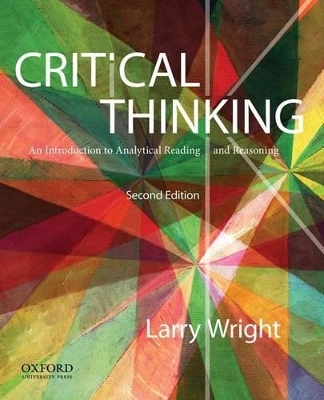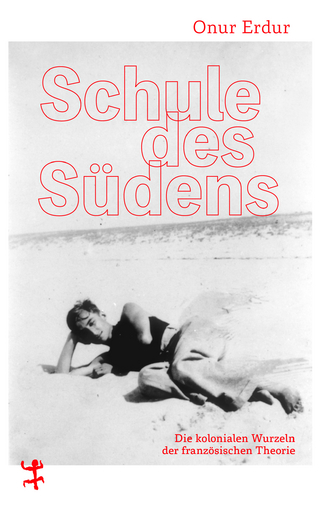
Critical Thinking
Oxford University Press Inc (Verlag)
978-0-19-979622-9 (ISBN)
Critical Thinking, Second Edition, distinguishes itself from other texts in the field by emphasizing analytical reading as an essential skill. It also provides detailed coverage of argument analysis, diagnostic arguments, diagnostic patterns, and fallacies.
Opening with two chapters on analytical reading that help students recognize what makes reasoning explicitly different from other expository activities, the text then presents an interrogative model of argument to guide them in the analysis and evaluation of reasoning. This model allows a detailed articulation of "inference to the best explanation" and gives students a view of the pervasiveness of this form of reasoning. The author demonstrates how many common argument types--from correlations to sampling--can be analyzed using this articulated form. He then extends the model to deal with several predictive and normative arguments and to display the value of the fallacy vocabulary.
Ideal for introductory courses in critical thinking, critical reasoning, informal logic, and inductive reasoning, Critical Thinking, Second Edition, features hundreds of exercises throughout and includes worked-out solutions and additional exercises (without solutions) at the end of each chapter. An Instructor's Manual--offering solutions to the text's unanswered exercises and featuring other pedagogical aids--is available on the book's Companion Website at www.oup.com/us/wright.
Larry Wright is Professor of Philosophy at the University of California, Riverside, where he has taught since 1970. He is the author of Practical Reasoning (1989), Better Reasoning: Techniques for Handling Argument, Evidence & Abstraction (1982), and Teleological Explanations: An Etiological Analysis of Goals and Functions (1976).
CHAPTERS 1 AND 4-8 OPEN WITH AN INTRODUCTION; EACH CHAPTER ENDS WITH SUPPLEMENTAL EXERCISES AND ANSWERS; PART ONE. PARAPHRASING; 1. THE BARE-BONES PARAPHRASE; 2. READING FOR STRUCTURE: DEPENDENCY AND SUBORDINATION; 3. READING FOR REASONING: PARAPHRASING ARGUMENTS; PART TWO. ANALYZING REASONING; 4. ARGUMENT ANALYSIS: ANSWERING QUESTIONS; 5. DIAGNOSTIC ARGUMENTS: REASONING BY EXPLAINING; 6. DIAGNOSTIC PATTERNS; 7. FURTHER APPLICATIONS: PREDICTION AND RECOMMENDATION; 8. FALLACIES; APPENDIX. DEDUCTION
| Erscheint lt. Verlag | 23.6.2016 |
|---|---|
| Verlagsort | New York |
| Sprache | englisch |
| Maße | 231 x 188 mm |
| Gewicht | 635 g |
| Themenwelt | Geisteswissenschaften ► Philosophie ► Geschichte der Philosophie |
| Geisteswissenschaften ► Philosophie ► Logik | |
| Geisteswissenschaften ► Philosophie ► Philosophie der Neuzeit | |
| ISBN-10 | 0-19-979622-X / 019979622X |
| ISBN-13 | 978-0-19-979622-9 / 9780199796229 |
| Zustand | Neuware |
| Haben Sie eine Frage zum Produkt? |
aus dem Bereich


